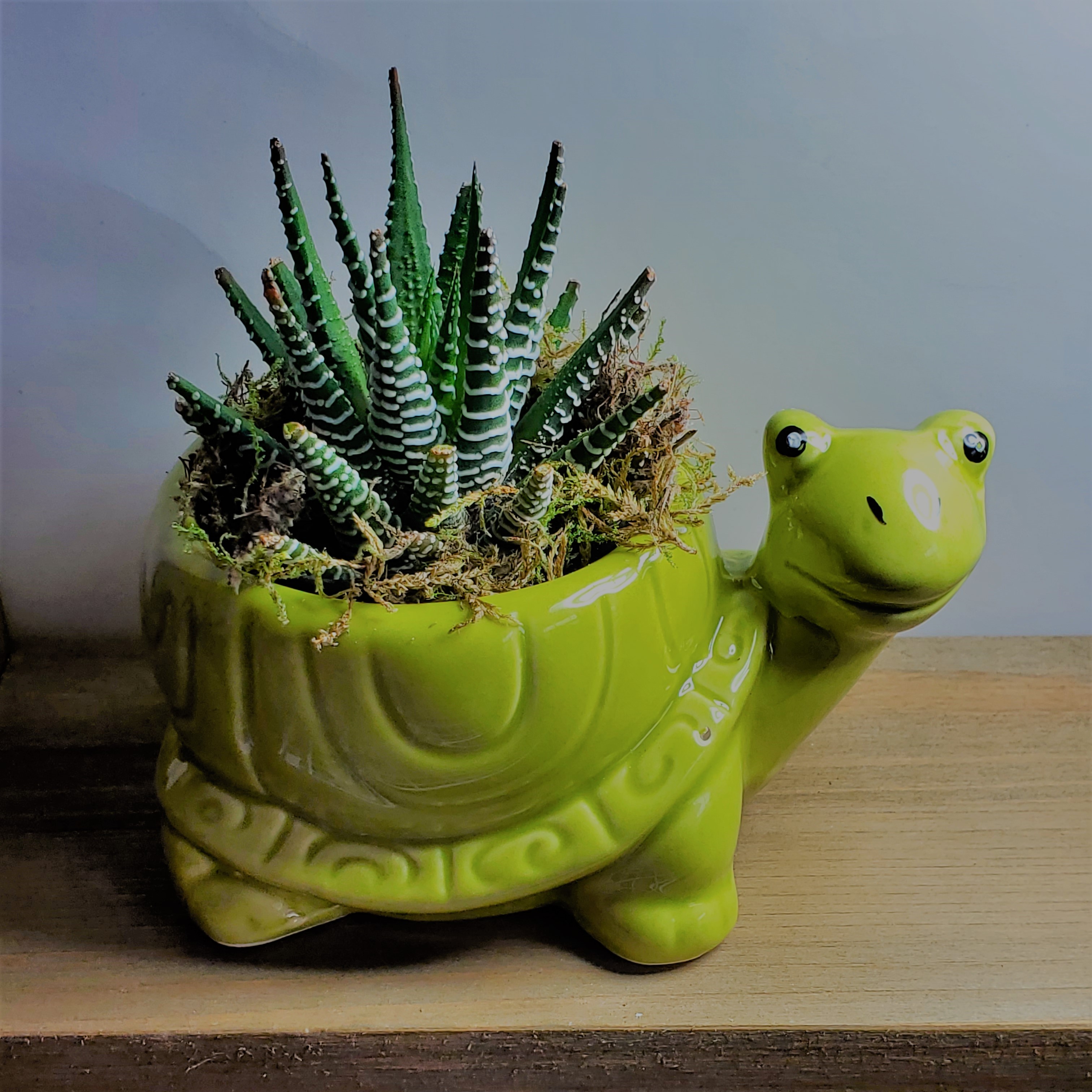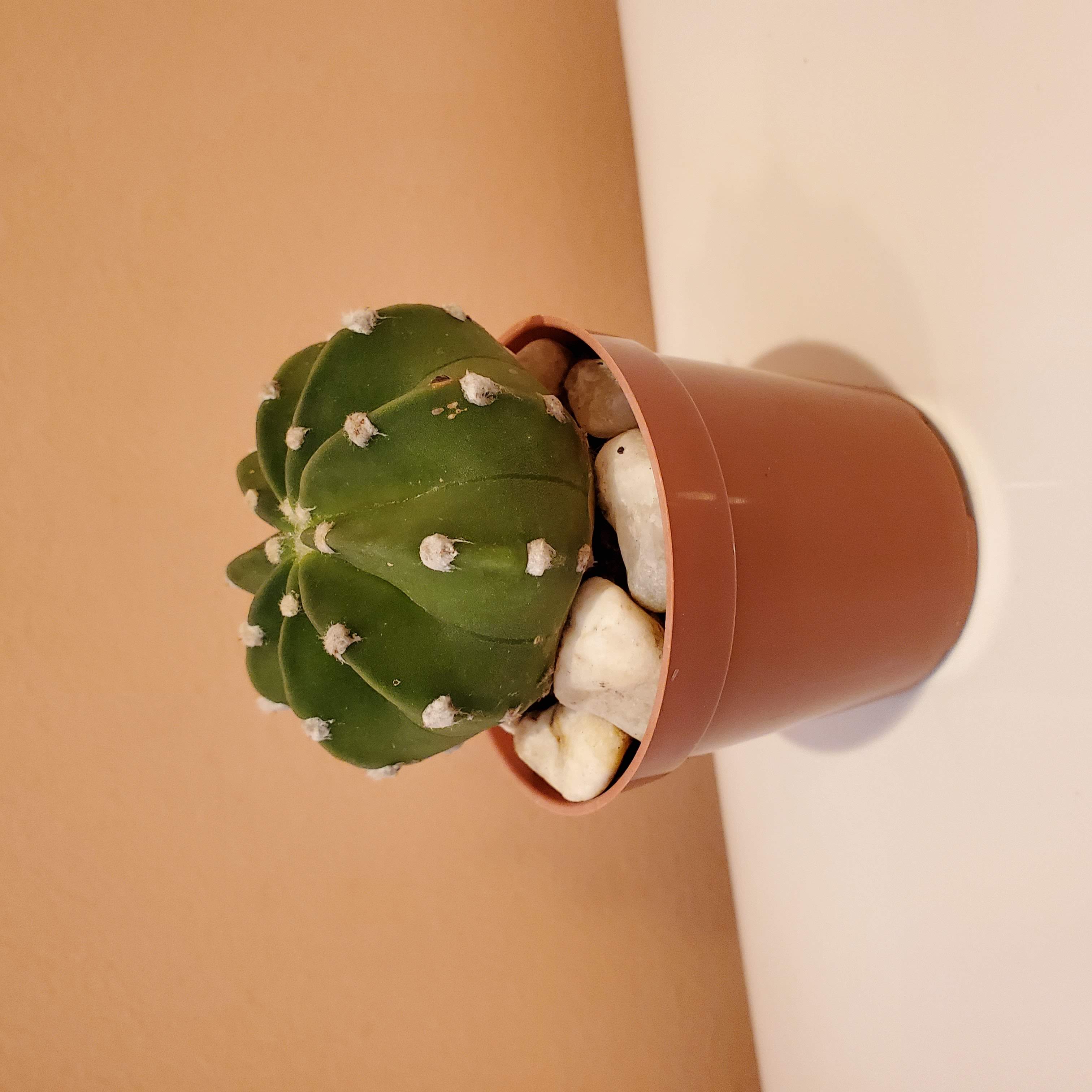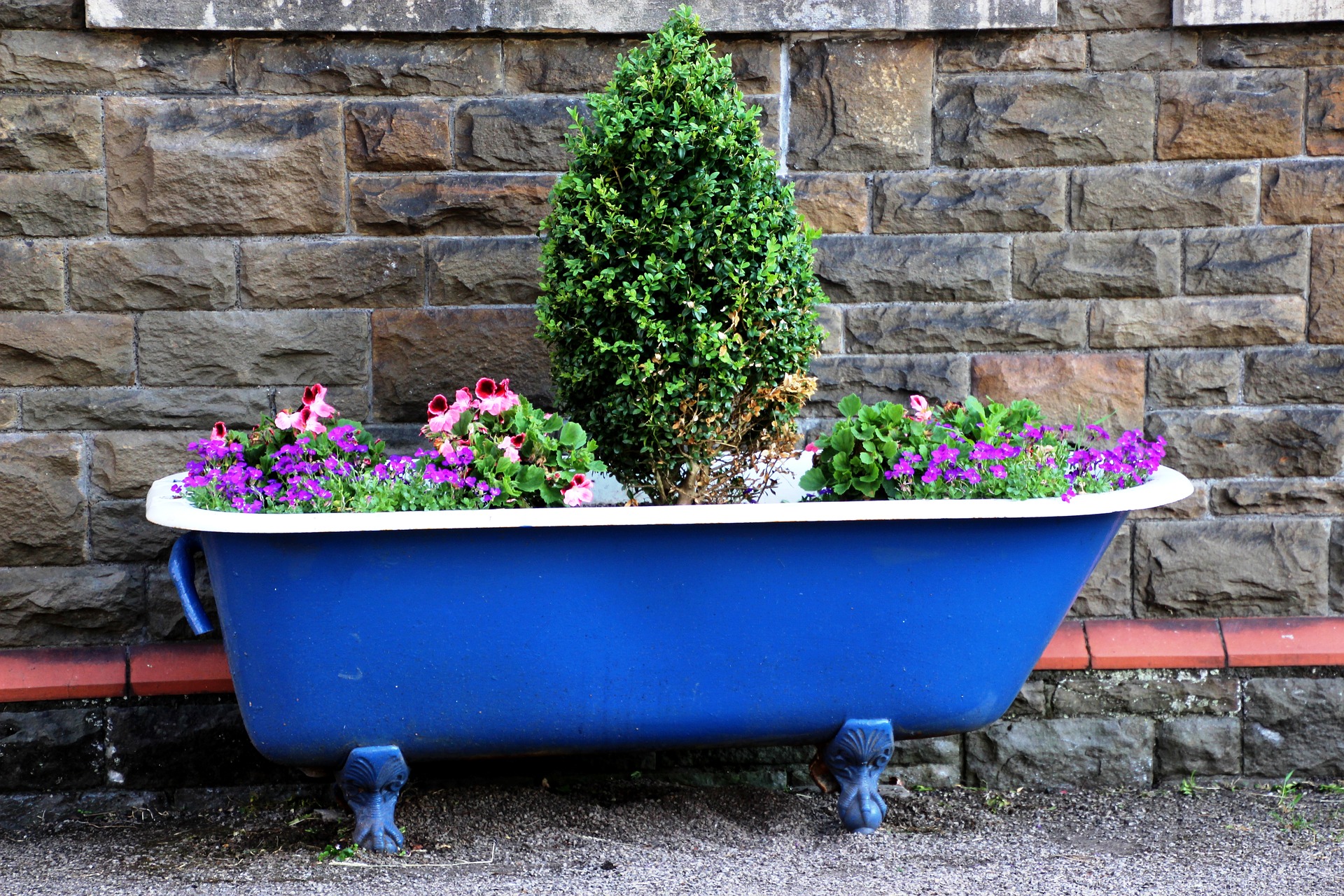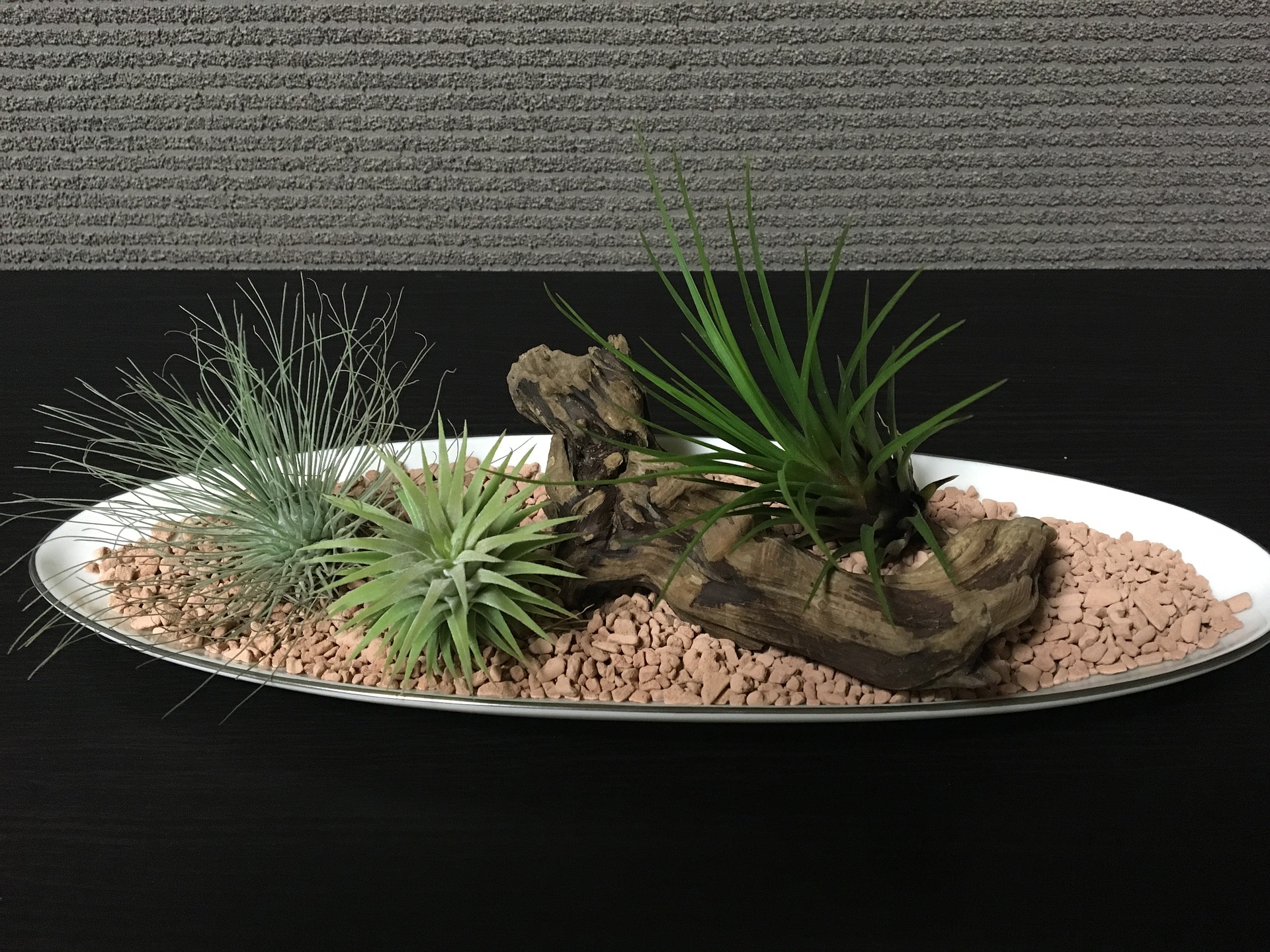- Home
- Succulents
- Zebra Plant
Zebra Plant Succulent - Haworthia fasciata
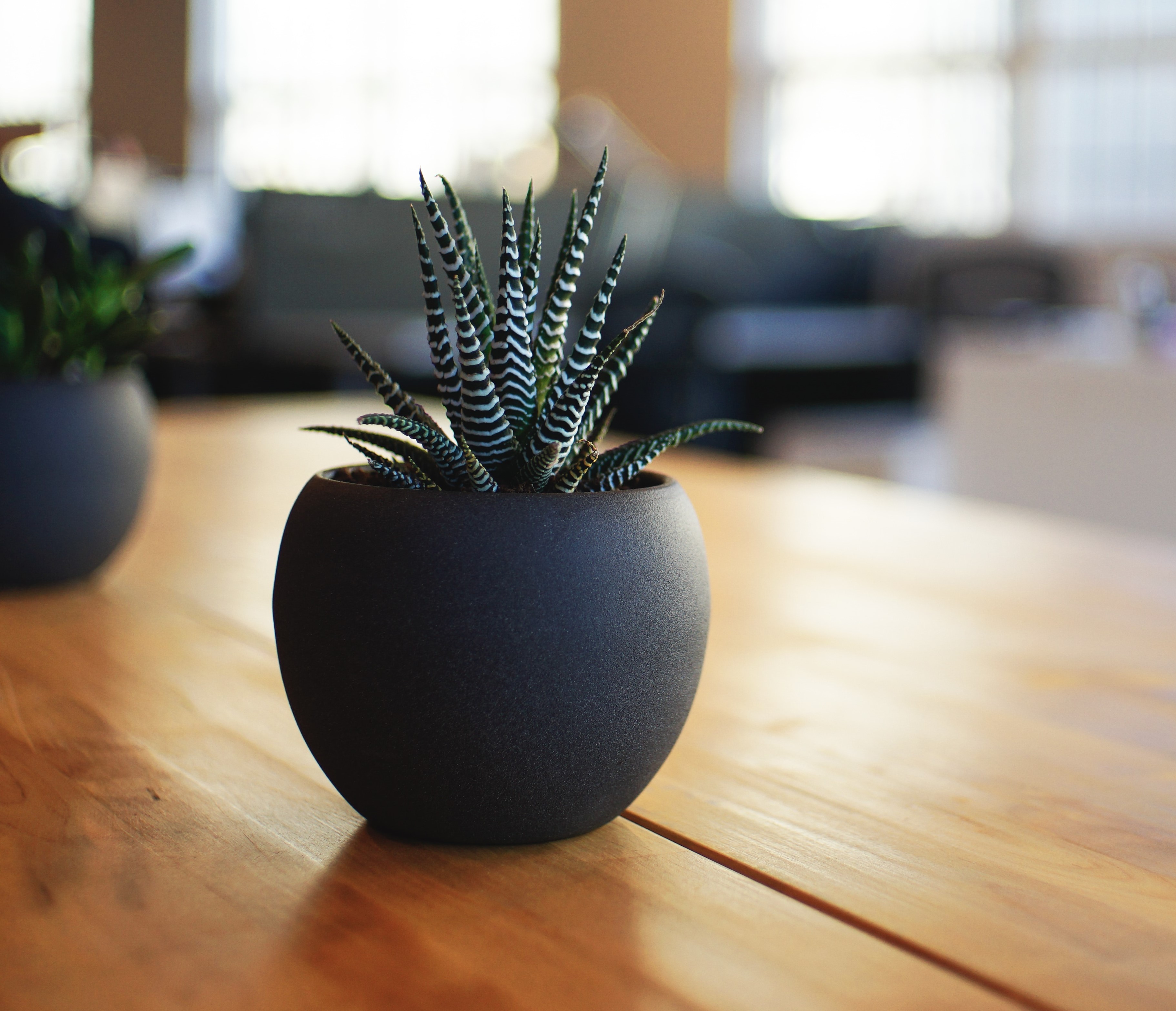
The Zebra Plant succulent is a common houseplant that is extremely easy to take care of. It grows slowly, doesn't need much space, and is quite tolerant of a range of light and water conditions.
Zebra plants have thick, pointy, triangular-shaped, dark green leaves with horizontal white stripes. Their scientific name is Haworthia fasciata (or Haworthiopsis fasciata), and they are also often called Zebra Haworthia.
Sometimes the Zebra plant might be mistaken for an Aloe, but it is smaller, and has no teeth along the edge of the leaves like most aloe do.
|
Scientific name |
Haworthiopsis fasciata |
|
Other names |
Zebra Haworthia, Haworthia fasciata |
|
Sun needs |
Bright indirect light |
|
Water needs |
Water when soil is fully dry |
|
Hardiness zone |
10 |
|
Blooms |
Long stem with small white flowers |
Types of Zebra plant succulent
The "standard" Zebra succulent is Haworthia fasciata. However, there are a number of varieties that also have similar dark green triangular leaves with white stripes:
Haworthia attenuata
This plant looks very similar to Haworthia fasciata, but the white stripes are bumpier and on both sides of the leaves. Haworthia fasciata has a smooth green surface on the inside of the leaves. Haworthia attenuata also usually has longer, skinnier leaves.
Haworthia reinwardtii (Zebra Wart)
Zebra Wart is a similar succulent with horizontal white stripes. However, its leaves tend to curve inward, and its growth habit is taller.
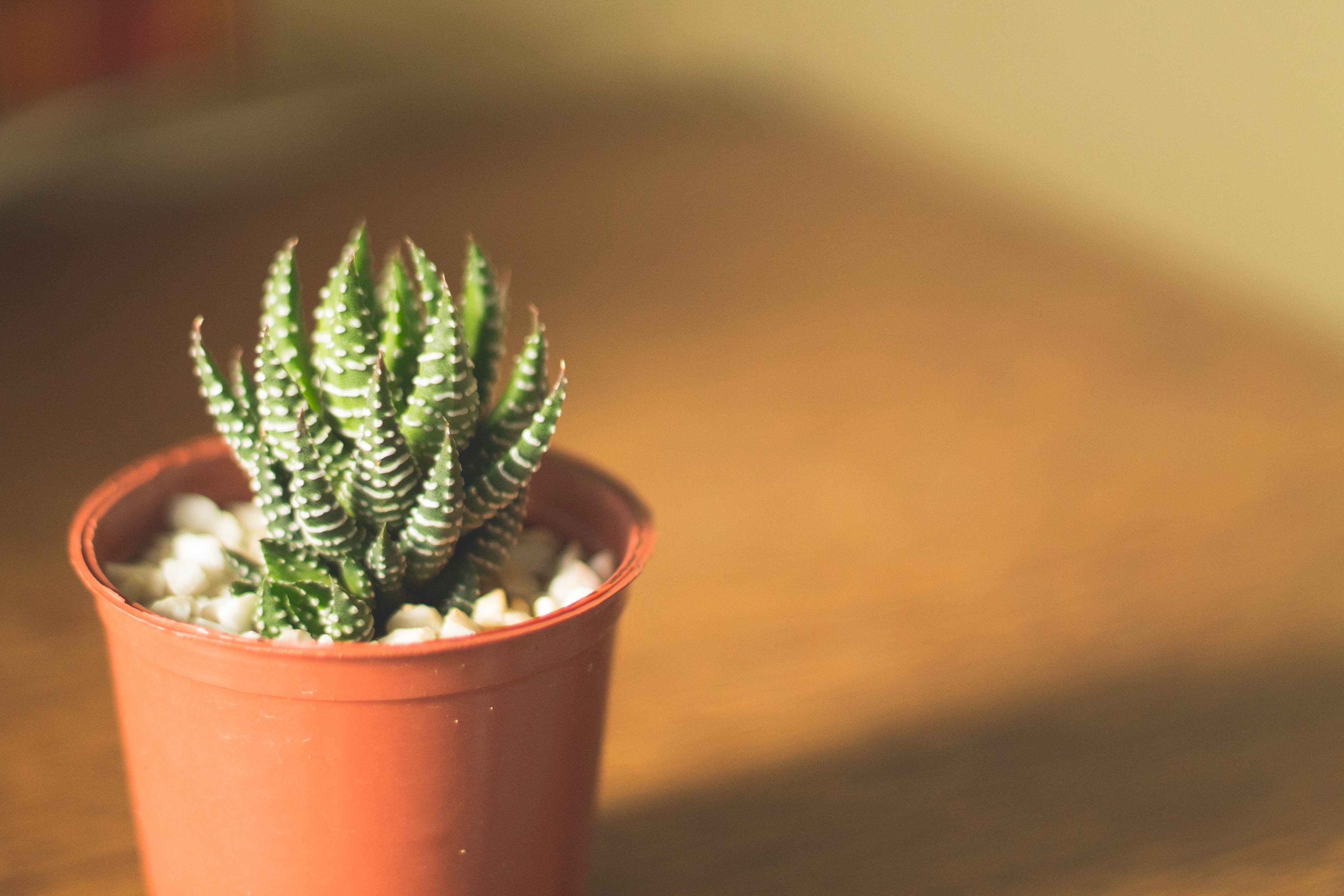
Haworthia Spider White
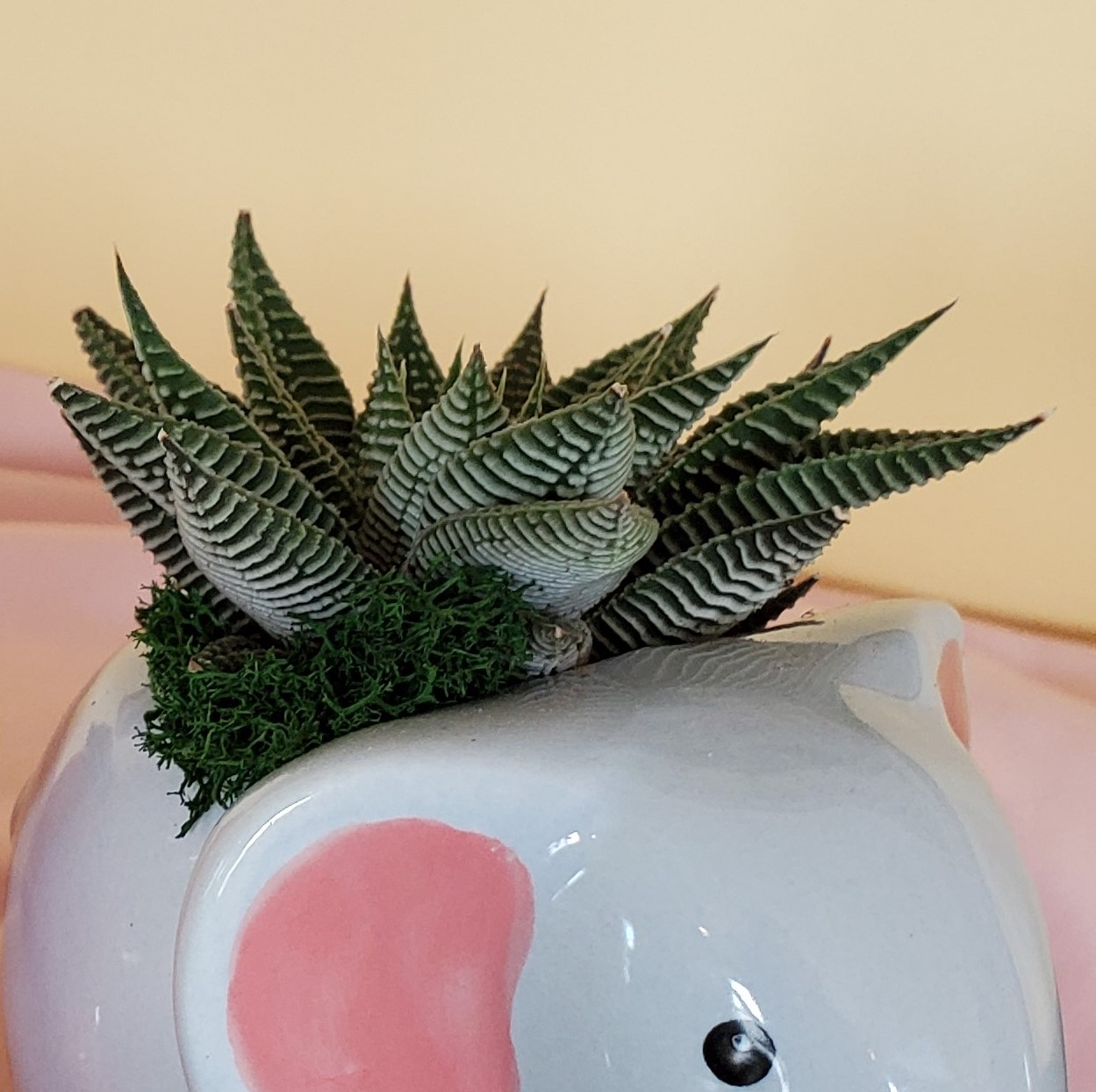
Spider White is a fat succulent with white bands all around its plump leaves, so it looks a bit like a spider web.
Haworthia Big Band
"Big Band" and "Super Big Band" have very thick, bumpy, bright white stripes compared to the standard Haworthia fasciata.
Zebra plant care
How do you take care of a zebra plant succulent?
The most important thing to remember is to not over-water your Zebra plant. It is a succulent desert plant from arid areas of South Africa, so it's important to provide fast-draining soil, and only water when the soil is completely dry. Your plant can probably go weeks between waterings.
Zebra plants are also happiest in small pots. In a small pot, the soil will dry out quickly after a water, rather than staying wet for too long.
You can find all kinds of small cute pots for succulents, like this little turtle planter that we sell in our Etsy store.
However, Haworthias do have a larger root system than some succulents, so make sure it has enough depth to the pot for its roots. Once you start to see roots growing out of the bottom of the pot, it might be time to replant to a slightly larger container.
A zebra plant can also be a great addition to a succulent community pot, adding some spiky interest to the arrangement.
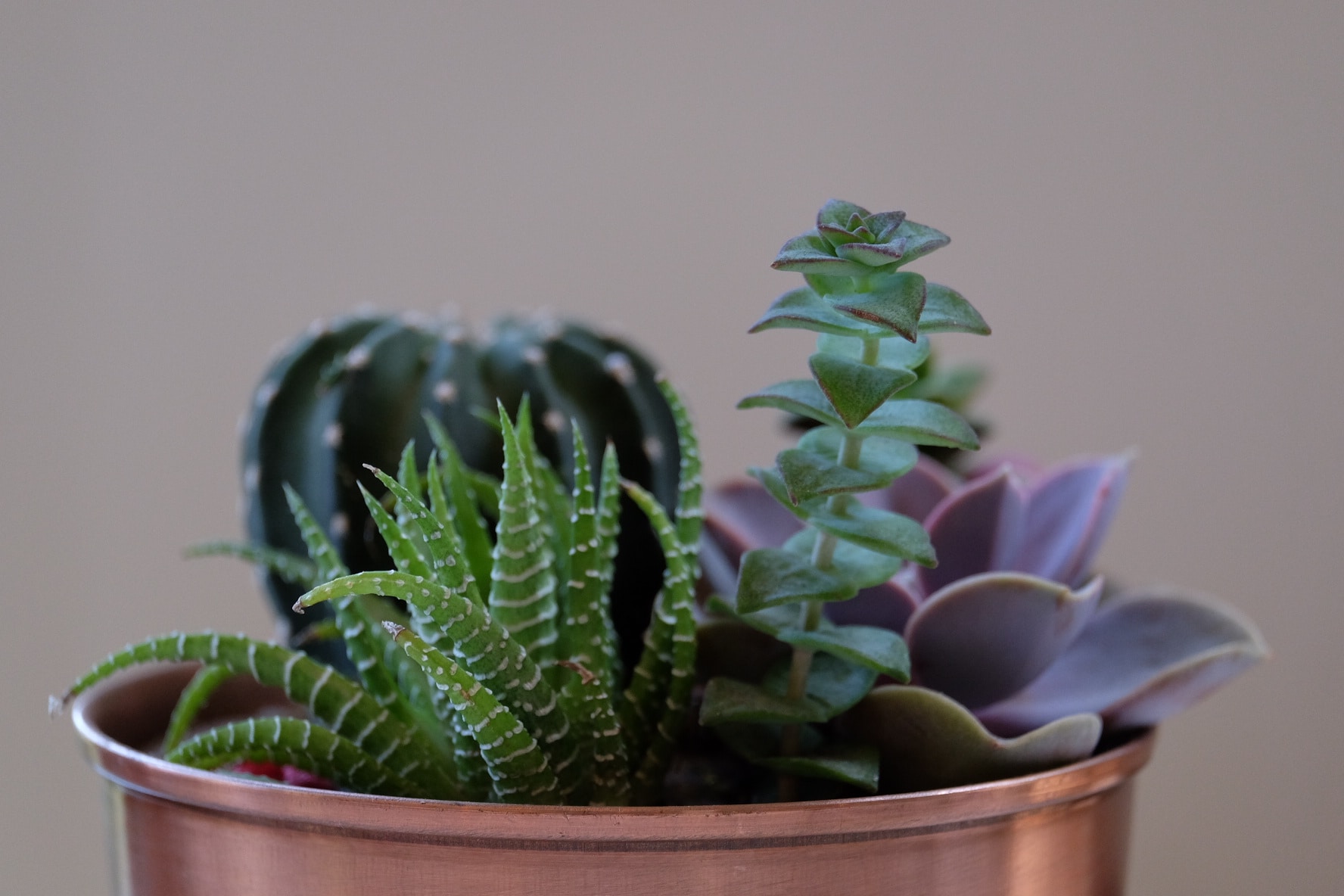
How much sun do zebra plants need?
Zebra plants do not need quite as much sun as many other succulents. This makes them good houseplants or office desk plants. However, if you can provide at least partial sunlight, or some bright indirect light, your Zebra plant will thank you with faster, fuller growth and it will likely bloom better than in a completely shaded spot.
Zebra plant succulent bloom
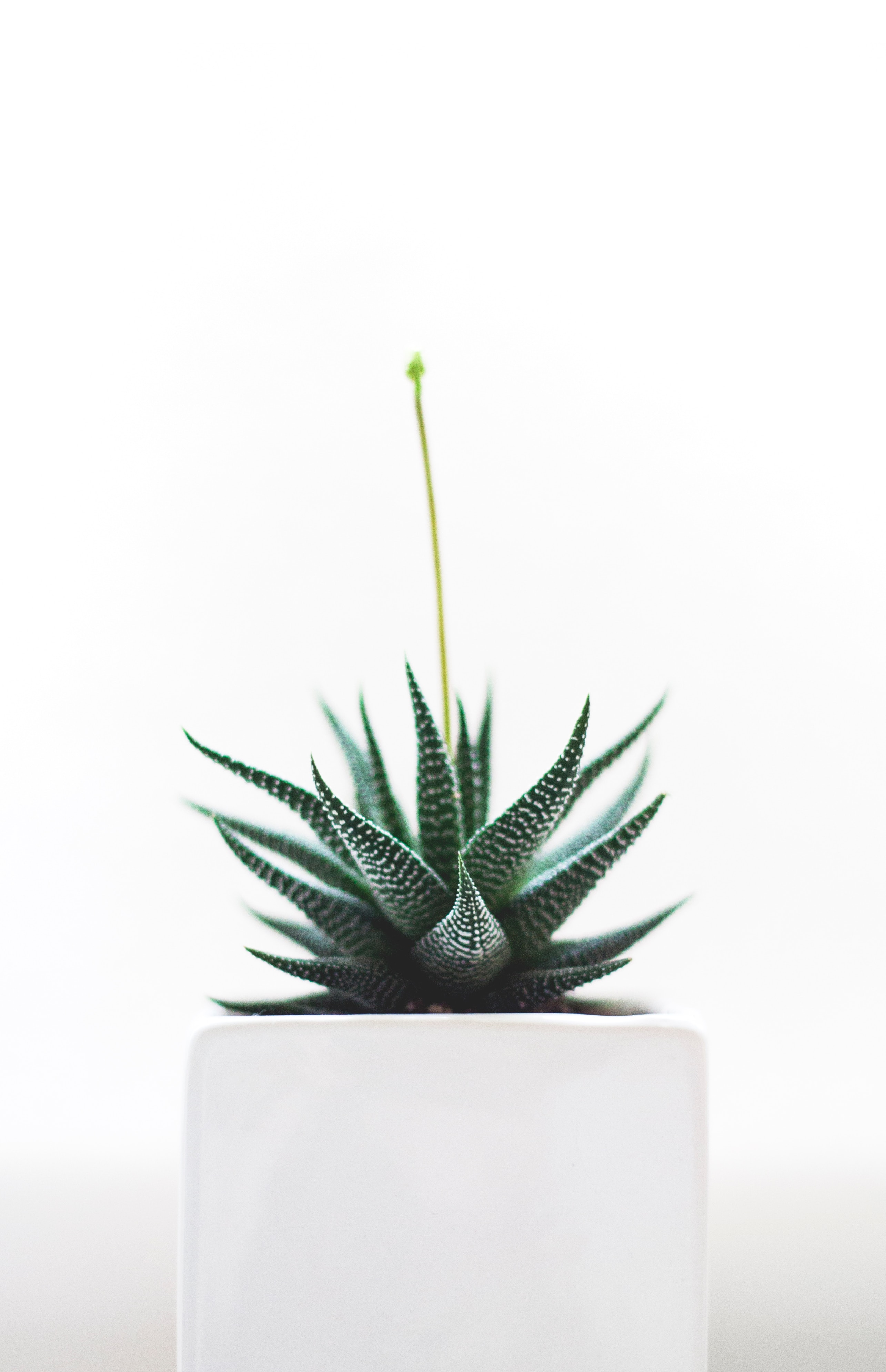
Zebra plants are not grown for their flowers, which are fairly insignificant. However, if your plant is happy then it will produce a very long stem from the center of the plant which will bloom with small white or light pink flowers.
The bloom often takes a long time and the flowers can last for a while. You might need to rotate the pot so the bloom grows straight up rather than leaning toward the light.
Problems
Why are the leaves on my zebra plant turning brown?
Brown leaves on your zebra plant probably means it is either overwatered or underwatered.
If the leaves are brown or yellow and mushy, or the center of the plant is turning brown, that is a sign of overwatering. Hold off on watering your plant for several weeks. If the soil is very wet, it is best to remove the plant from the soil, let it dry out for a few days, then repot in dry cactus/succulent soil.
If the leaves are turning brown at the tips, and feel crispy or dried up, that may be because of underwatering, or very dry air. Try increasing your watering frequency or mist the plant with water. If the plant seems very dried out, it's best to give it a good soak in a pot of water for thirty minutes to fully hydrate. You don't need to remove the plant from its pot to soak it (assuming the pot has drainage holes) - just sink the pot into a slightly larger pot full of water. After thirty minutes of soaking, be sure to let it drain well - never leave your plant sitting in water.
Is the zebra plant poisonous?
If you have pets or children, you might wonder if zebra plant succulent is poisonous. Fortunately, zebra plant is non-toxic so you don't have to worry if your cat decides to chew on the leaves (well, except for your now-ragged-looking succulent!).
Next, learn about other succulent plants: Jade Plant
- Home
- Succulents
- Zebra Plant
